Eu:SrI2
Europium doped Strontium Iodide scintillation crystals are high resolution, low background crystals due to their extreme good proportionality and very high light output. The scintillator is relatively slow with a decay time of several microseconds. They are considered prospective materials for spectro-surveymeter systems because of their high light output (over 80,000 photons/MeV) and an energy resolution value of ~3% at 662 keV1–6.
SrI2 (SrI2:Eu): Strontium Iodide scintillators enable high resolution gamma-ray spectroscopy because of the high light output and exceptional linearity of the material.
With the application of nuclear safety inspection technology in anti-terrorism and the continuous development of nuclear medical imaging, the requirements for light output and energy resolution of scintillation crystals are continuously improved. Security applications and nuclear non-proliferation depend on the rapid identification of highly enriched uranium, radioactive sources and other special nuclear materials. Halide crystals have been widely used as high-energy physics, nuclear medicine, safety inspection and address exploration as radiation materials since their invention in 1948. Eu:SrI2 is expected to become a new generation of gamma scintillator due to its high light output, good energy resolution and high effective atomic number.
Parameter
| Chemical formula | Eu: SrI2 |
| Molar mass | 341.43 g/mol (anhydrous) |
| Appearance | Colorless to white crystalline plates |
| Crystal structure | Orthorhombic, oP24 |
| Space group | Pbca, No. 61 |
| Atomic Number (Effective) | 49 |
| Density (g/cm3) | 4.55 |
| Melting point (℃) | 538 |
| Boiling point | 1,773 °C |
| Hygroscopic | Yes |
| Atomic number (effective) | 49 |
| Thermal expansion coeff (C-1) | 21.64*10-6 |
| Magnetic susceptibility (χ) | −112.0·10−6 cm3/mol |
| Wavelength(Max. emission) (nm) | 435 |
| Wavelength range(nm) | 400~480 |
| Decay time(ns) | 1200 |
| Light yield(photons/keV) | 80 |
| Light output relative to Nal(Tl) (%) | 130 |
| Refractive index | 1.85 |
| Radiation length(cm) | 1.95 |
| Energy resolution(%) | <3 |
| X-ray Absorption Coef. at 100 KeV(cm-1) | 2.88 |
| X-ray Absorption Coef. at 662 KeV(cm-1) | 0.13 |
| Refractive Index | 2.05 @ 435nm |
- Extremely high light output
- Excellent performance at both high and low energies and linearity
- Inherent low background radiation
- Nonproportional thermal dependence
- Good energy resolution
- High density
- Large effective atomic number
- Gamma-ray spectroscopy
- Hand-held radiation detection instruments
- Scintillation detector for safety inspection equipment
- Ultra-high resolution X-ray imaging
- Spectroscopy of high energy photons
| [1] Yokota Y , Nishimoto K , Kurosawa S , et al. Crystal growth of Eu:SrI2 single crystals by micro-pulling-down method and the scintillation properties[J]. Journal of Crystal Growth, 2013, 375(jul.15):49-52. |
| [2] Nishimoto K , Yokota Y , Kurosawa S , et al. Effects of La, Gd, or Lu co-doping on crystal growth and scintillation properties of Eu:SrI2 single crystals[J]. Journal of Crystal Growth, 2014, 401(sep.1):484-488. |
| [3] Nikl, Martin, Yokota, et al. Effects of Na and K co-doping on growth and scintillation properties of Eu:SrI2 crystals[J]. Radiation Measurements, 2016. |
| [4] Yokota Y , Kurosawa S , Nishimoto K , et al. Growth of Eu:SrI2 bulk crystals and their scintillation properties[J]. Journal of Crystal Growth, 2014, 401(sep.1):343-346. |


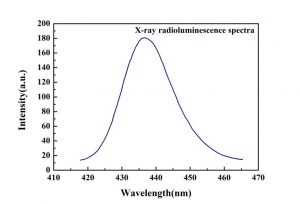
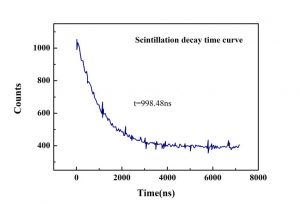
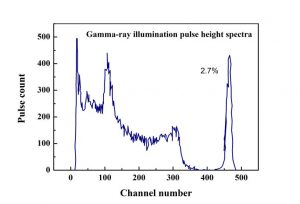
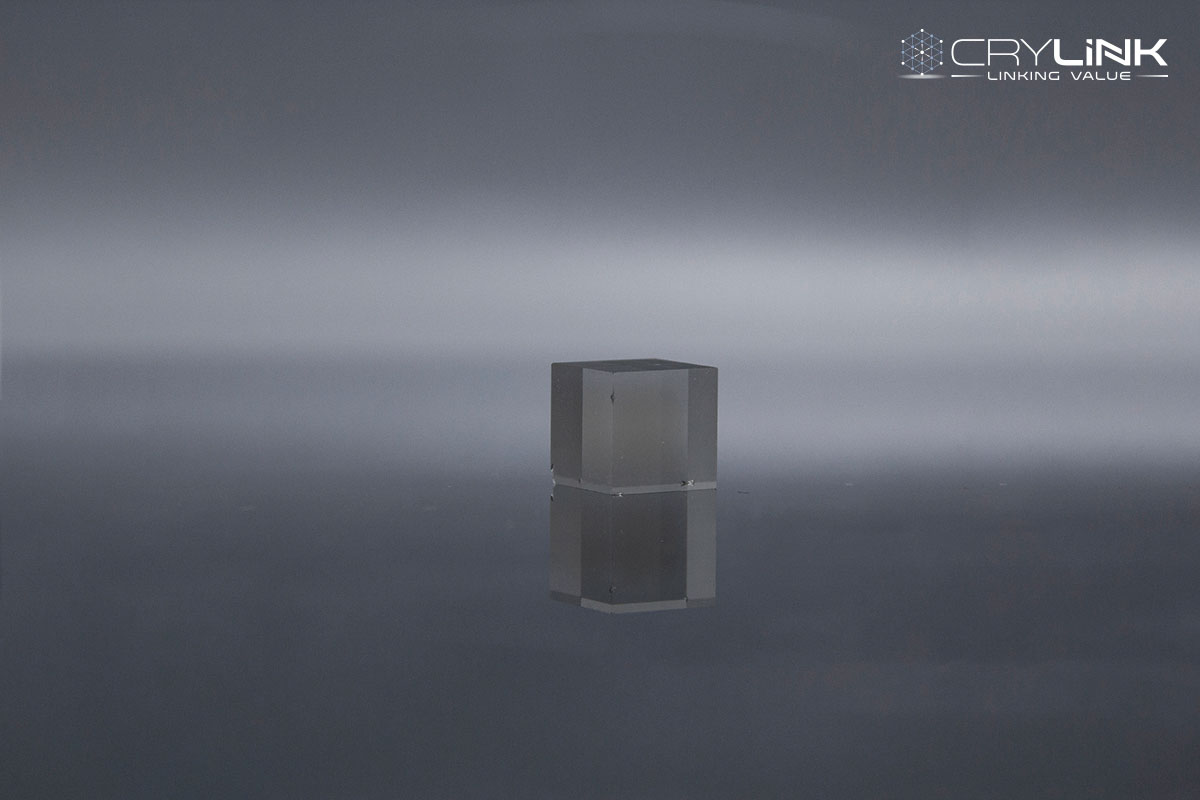
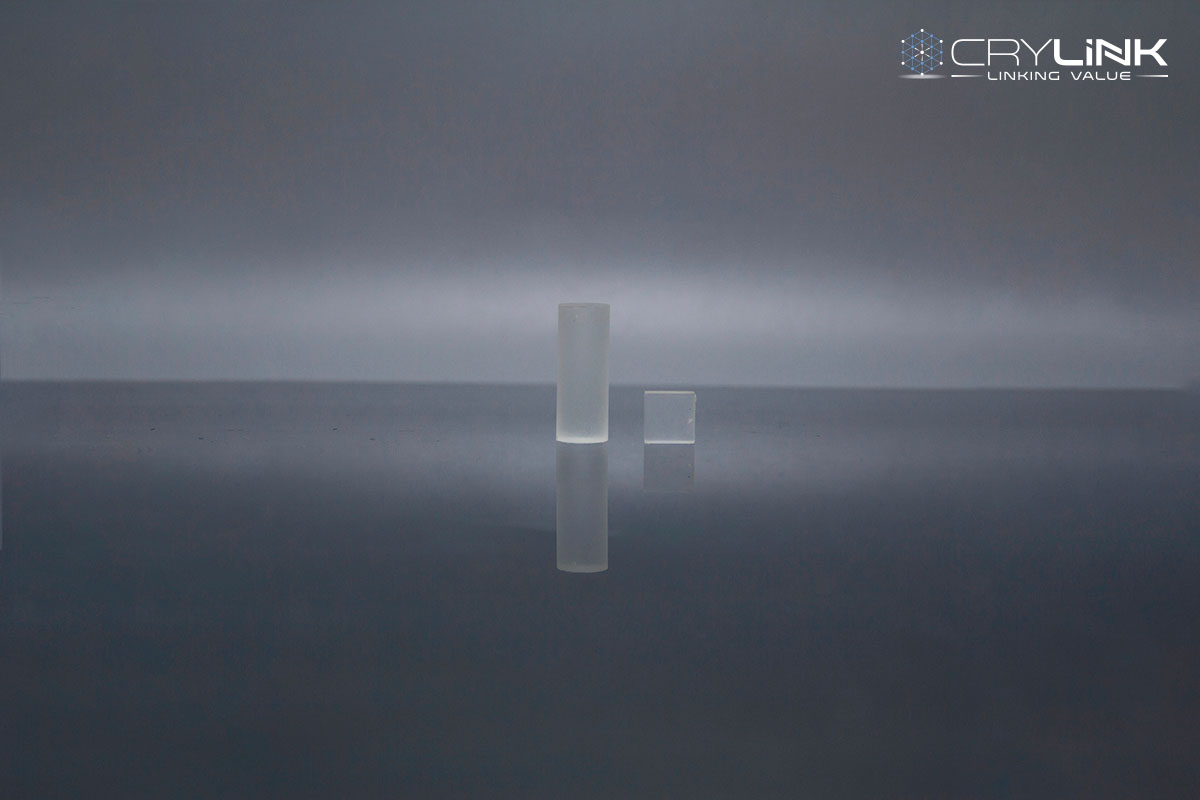
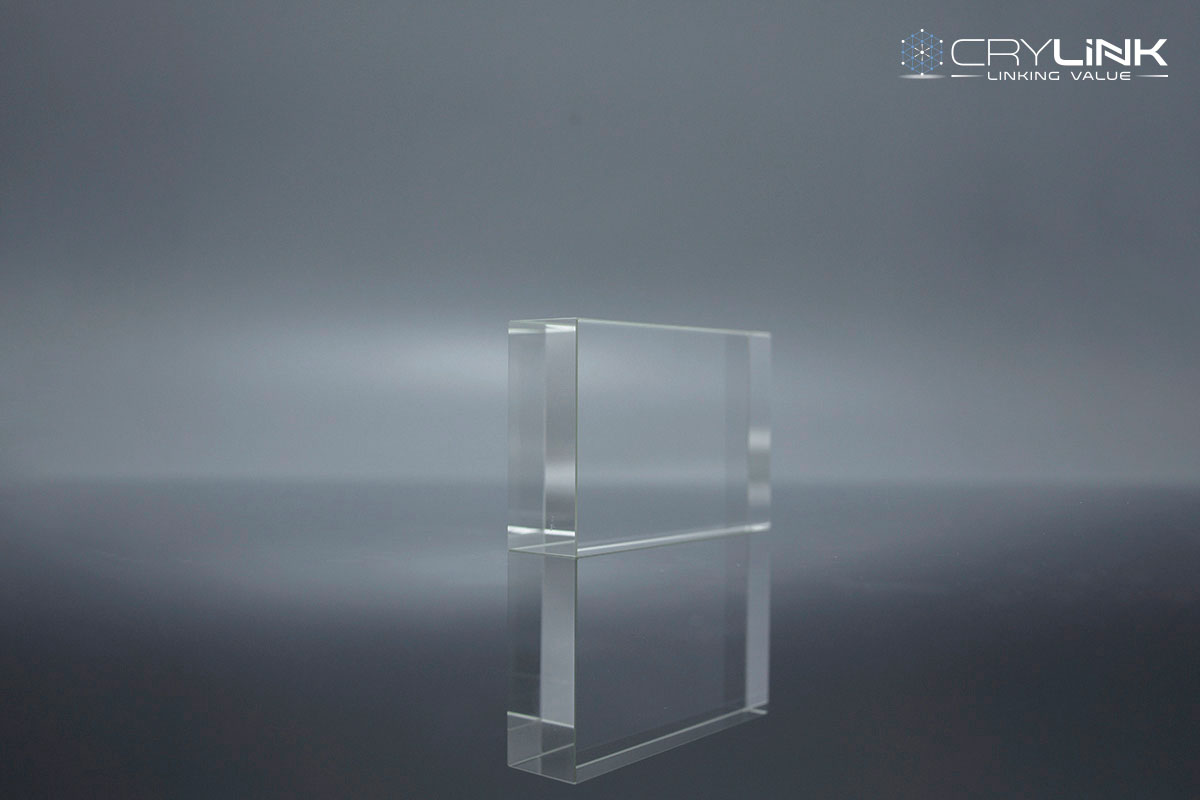
Leave a Reply